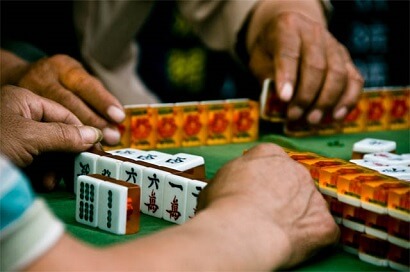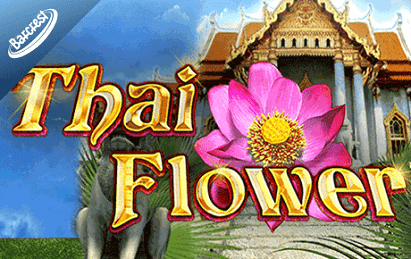Chinese Game of Mahjong Explained
Mahjong is a traditional Chinese game played with a set of tiles. The game is in essence very similar to rummy, requiring players to make sets of matching tiles, or tiles that run in sequence. The aim of the game is ultimately to make the highest score, which is determined by the value of the sequences made by a player.
The game only ends, however, when a player has got rid of all their tiles and declares Mahjong. Hence, a strategy of the game is to get as many high value sequences as possible, and get rid of all tiles before other players may match or surpass the score. There are a great many other subtleties and rules to the game, but if one understands Rummy, they should be able to participate in a game of Mahjong without too much trouble.
Tile Suits
The game does not use the standard hearts, clubs, spades and diamonds of playing cards, but instead has a tiles with names such as winds, dragons, seasons and circles. Regardless of the names, however, the tiles work in exactly the same way as playing cards. That is to say, the tiles are divided up into classes, with a number of tiles making up each class. Simply match a tile with its same suit in order to create a sequence. Note that tiles may be matched that are the same, or that run in a numerical sequence.

Setting Up The Game
Another difference between this game and Rummy and is that the Mahjong tiles are arranged in a square pattern in the centre of the table. This pattern is referred to as the wall, and is arranged with one side facing each of the players.
At the start of the game each side of the square is built by a player, and then pushed forward to the centre of the table with sides matching. As the game progresses the tiles are dismantled and the wall broken down. The first player to go is said to be the one who breaks the wall. Importantly, players may only use tiles that are on top of the wall, and not those below. Hence, as tiles are removed and others made available, the game may significantly change, offering greater opportunities to players. For a game to end, the wall will not necessarily have been completely dismantled. Players may also decide to specifically not play certain tiles, as a way to hinder other players and prevent them from getting high scores.
Winning Sequences
There are standard sets of tiles that may be collected to gain scores, and a combination of these sequences that are required to eventually call Mahjong and end the game. A pung is a set of 3 identical tiles, for example it may consist of three Red Dragons tiles or three circle tiles, all the same in visual design. A kong is a set of 4 identical tiles, for example four eight of Bamboos or perhaps four north wind tiles. The four tile sequences are obviously more valuable then three tile sequences. A chow is a run of 3 tiles in the same suit. Note that a chow has no score value, but will help in finishing the game.


